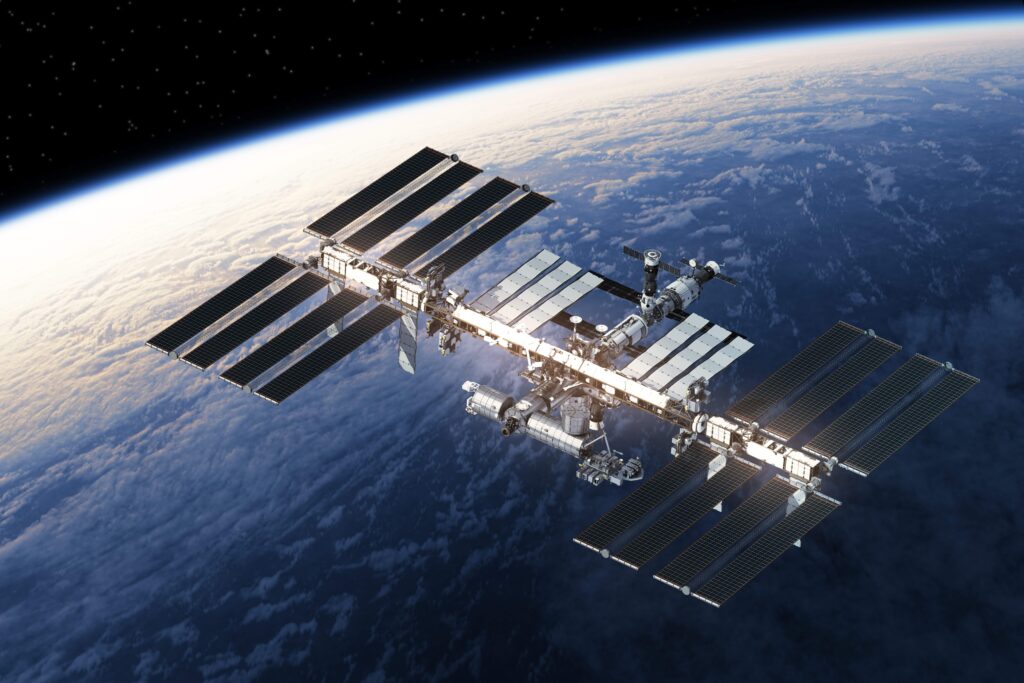NASA plans to spend around $1 billion on a deorbiting tug to bring down the International Space Station (ISS) when it reaches its service life.
The proposal sees the custom-built spacecraft being used instead of the previous plan to use an existing Russian-made module.
NASA has issued a request for $180 million to carry out the task in its 2024 budget proposal, seeking to initiate the development of the tug.
“The International Space Station will need to be safely deorbited at the end of its operational life as the United States transitions to lower-cost commercial space stations. Rather than relying on Russian systems that may not be able to accomplish this task, the Budget provides $180 million to initiate development of a new space tug that may also be useful for other space transportation missions,” the proposal read.
Total development costs for the tug would come in at around $1 billion, Kathy Lueders, NASA associate administrator for space operations, said during a media call following the publication of the proposal, Space News reports.
In August 2022 United States President Joe Biden signed an act extending the country’s participation in the ISS program until 2030.
However, Russia, which owns approximately one quarter of the station, said it plans to exit the project in 2024.
Recently, a number of issues occurred on the ISS, particularly on its Russian segment, which were said to have been caused by the station’s ageing.
The ISS, which opened in 2000, was originally intended to have a 15-year lifespan and has undergone a number of life extension programs.
However, the life of the most expensive project in human history appears to be nearing its end. Several smaller space stations, built by governments and commercial corporations, are slated to take its place.
Although proposals were put forward to boost the ISS into a higher “parking orbit” where it could stay almost indefinitely, the most likely scenario is that the station would be deorbited, causing it to fall down and burn up in the atmosphere.

